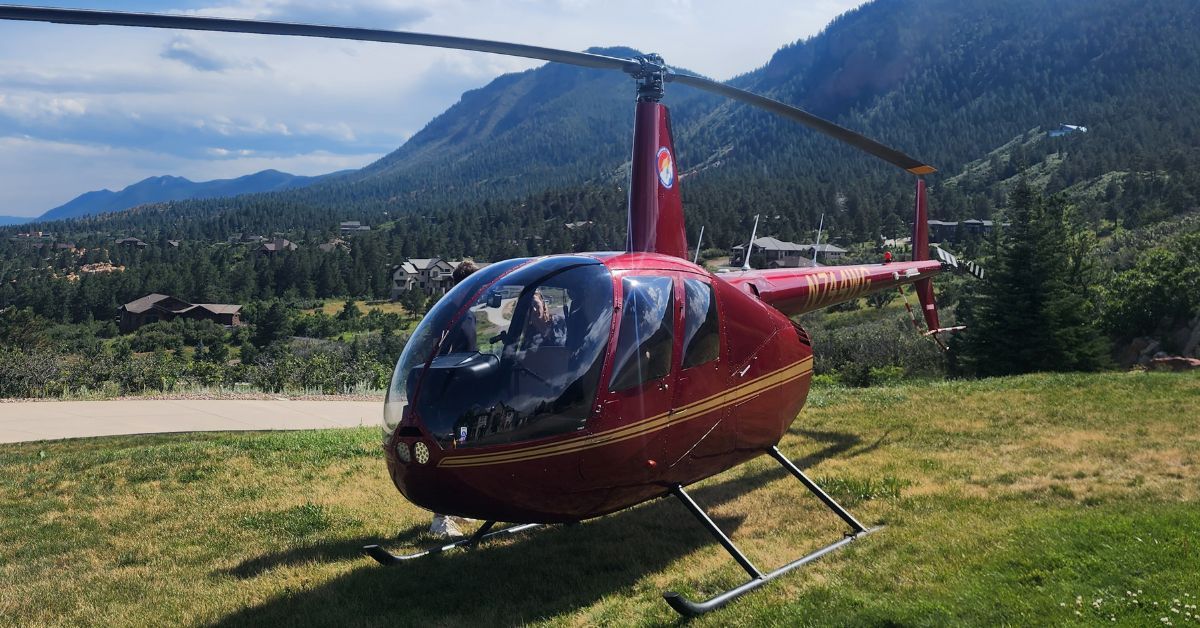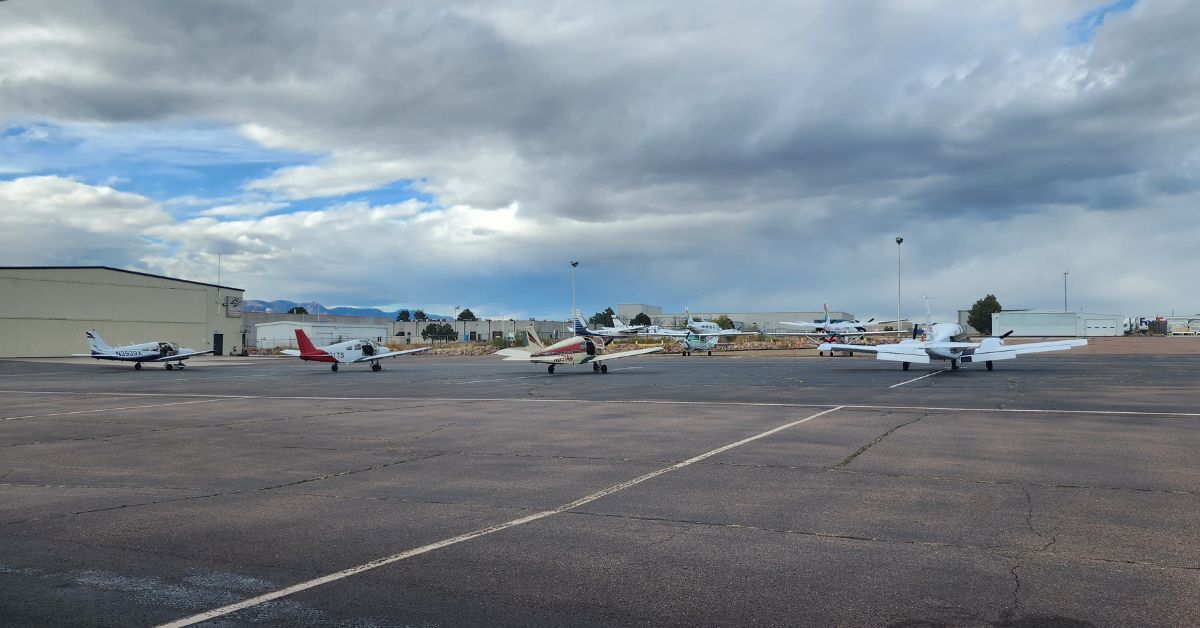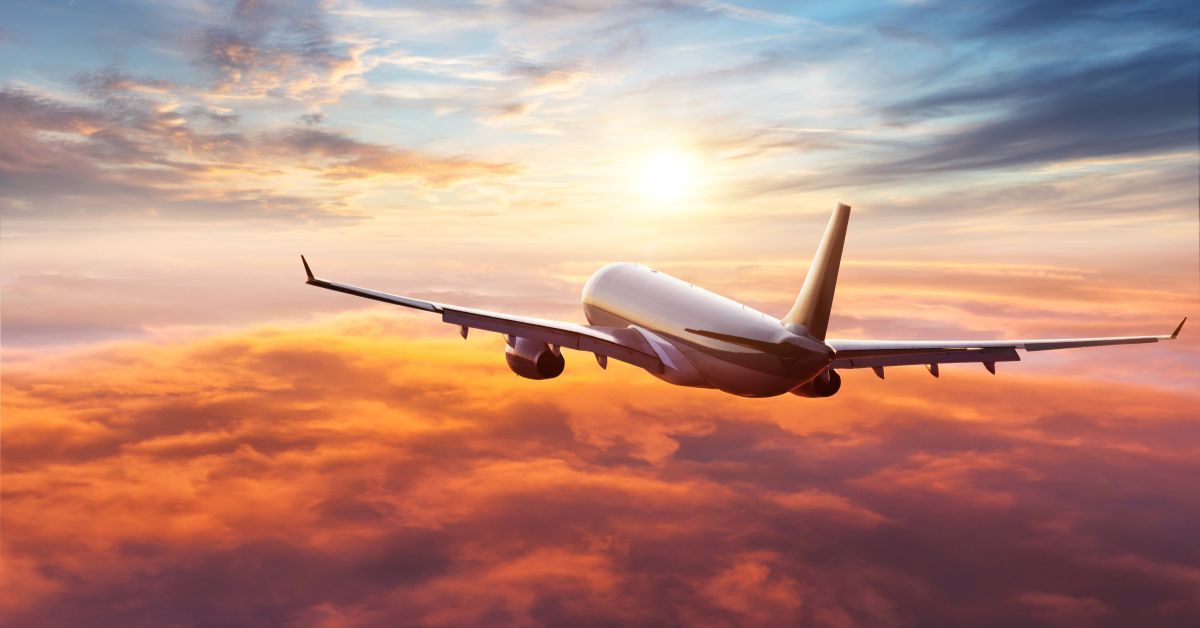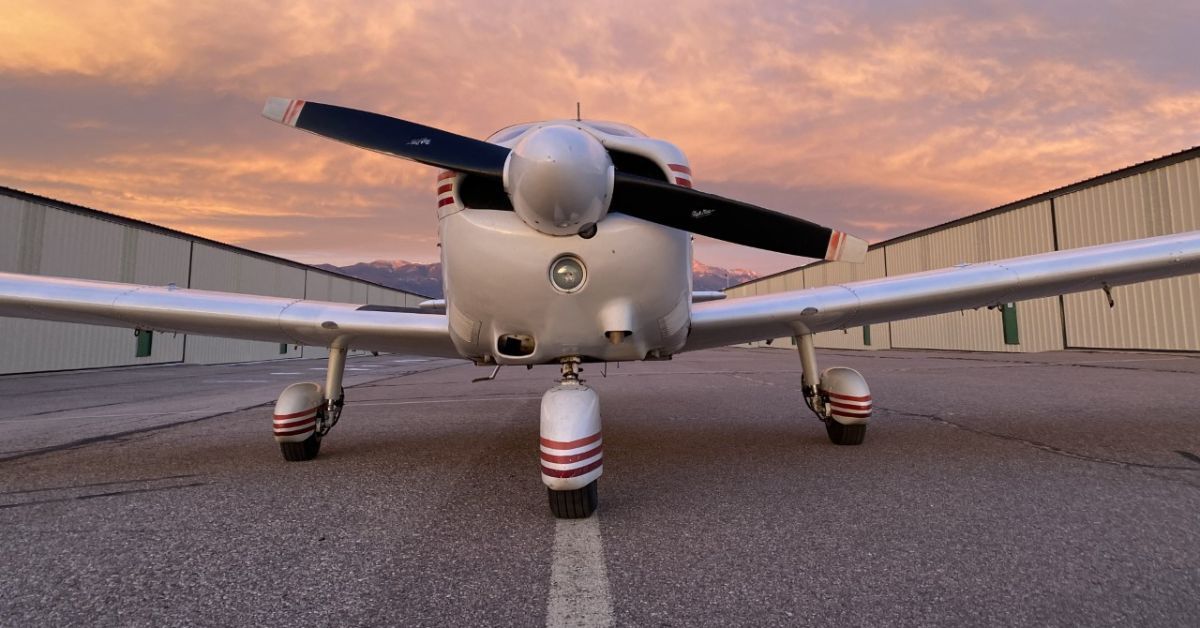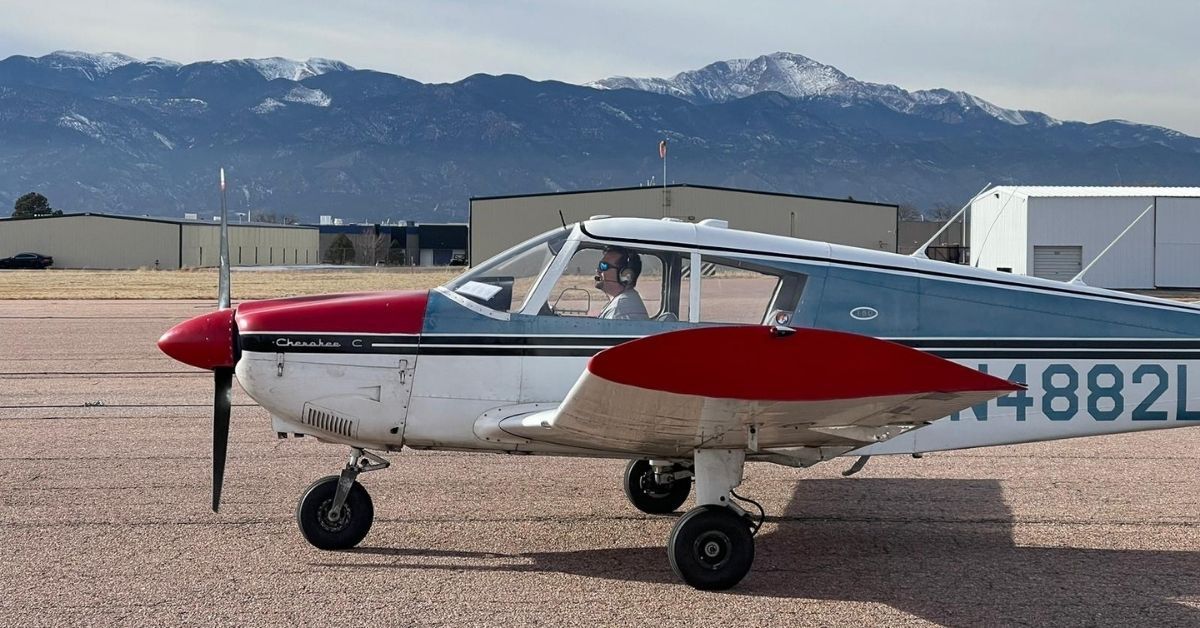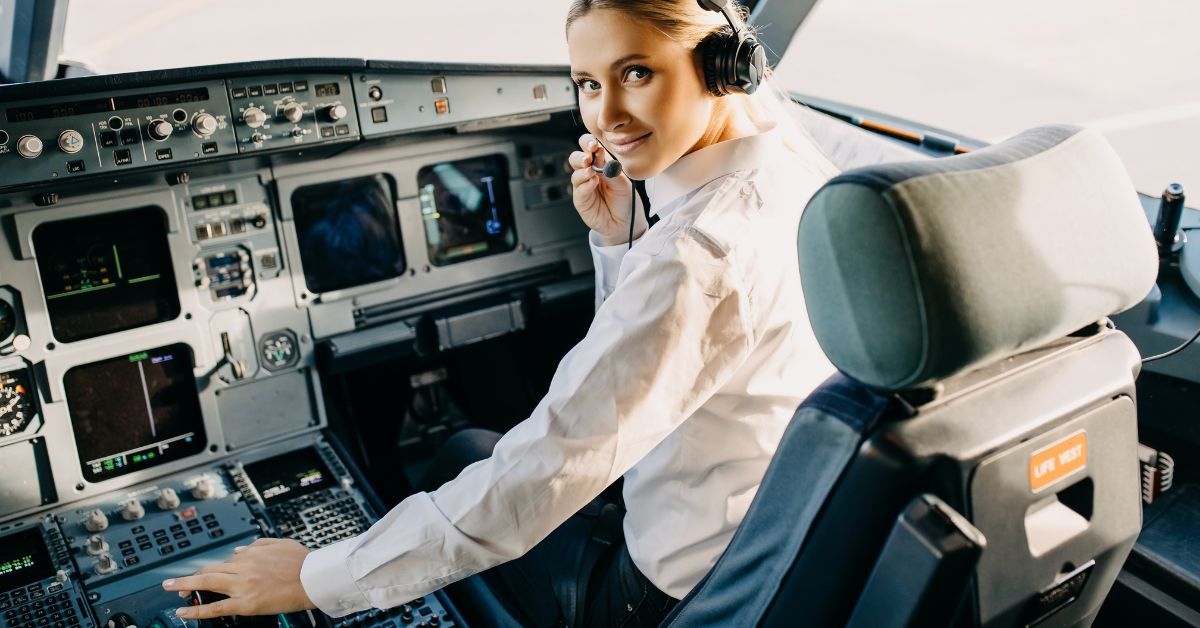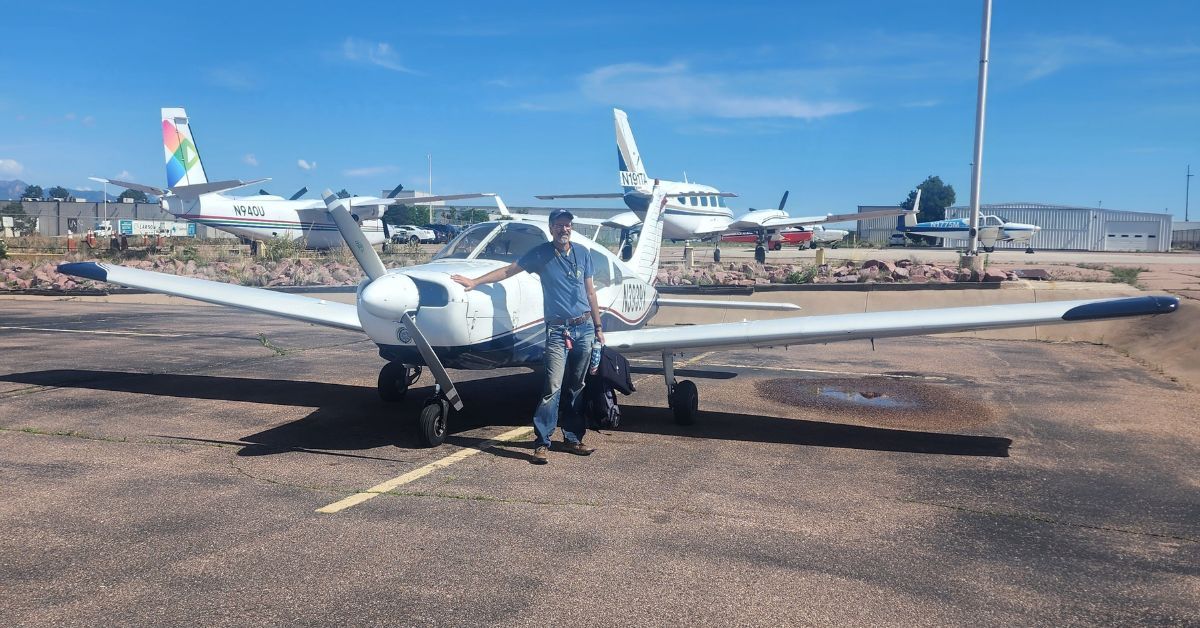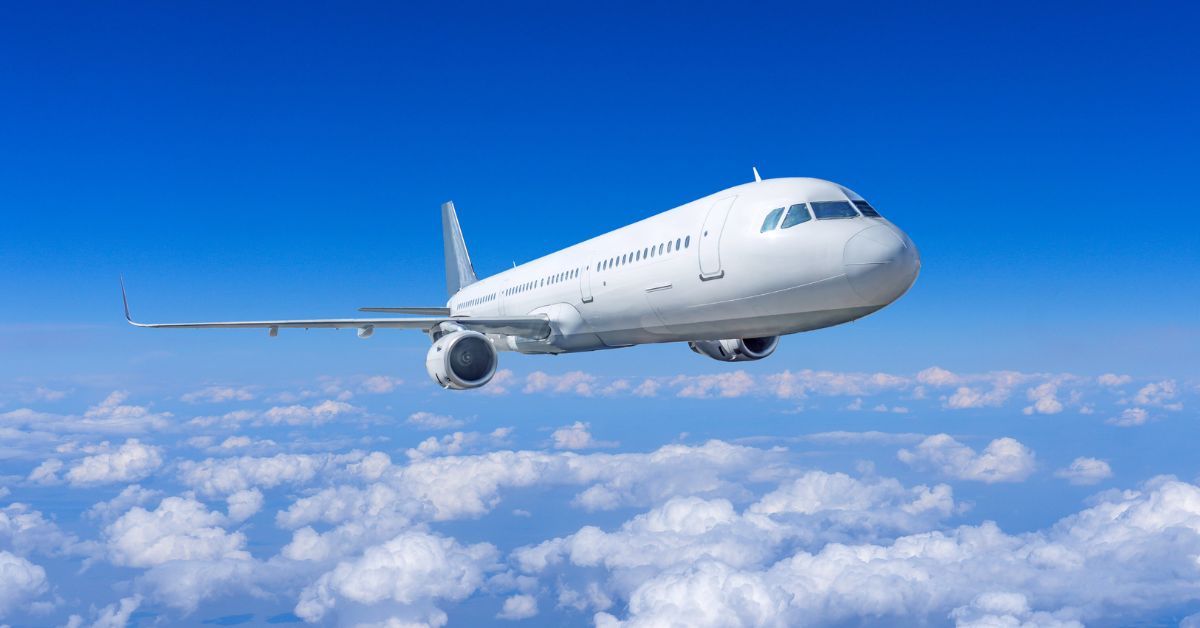Blog
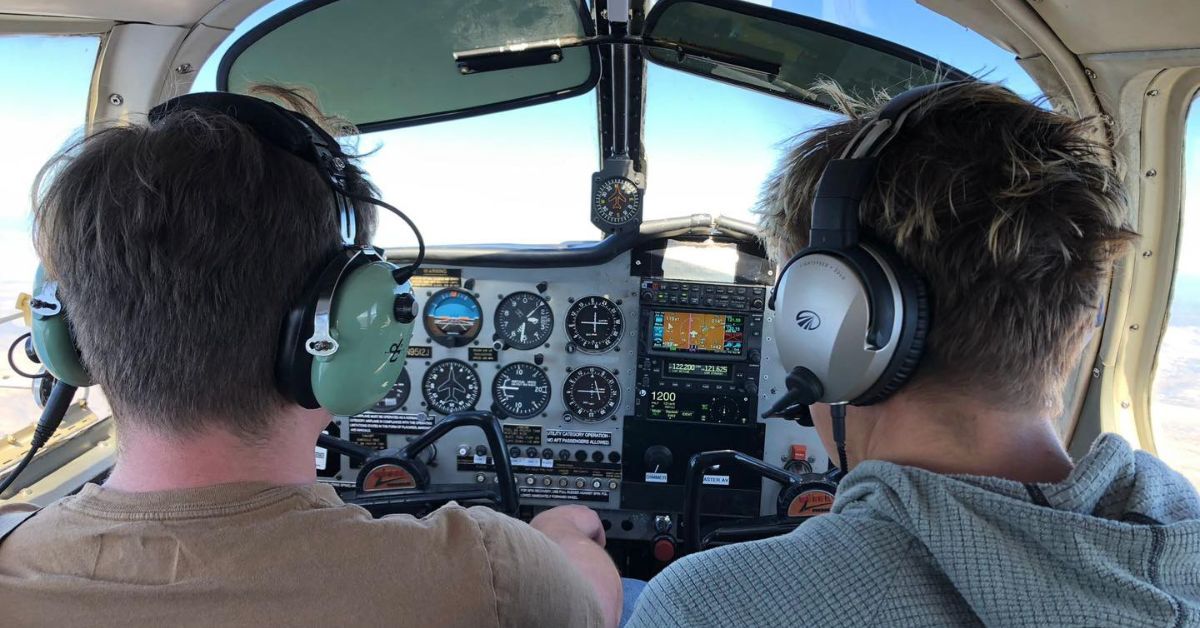
Effective communication is crucial in the aviation industry, ensuring the safe and efficient operation of aircraft worldwide. Pilots rely on various forms of radio communication to interact with air traffic control (ATC), remain in contact with other aircraft, and receive updated flight information. Understanding the different types of aviation radios can empower aspiring aviators and experienced professionals to maximize safety and operational efficiency. Below, we break down the key types of aviation radios to provide clarity and deepen your knowledge of this indispensable technology. The Role of Radio in Aviation Aviation radios have been a foundational element of air travel safety and communication since the early days of flight. They connect pilots with air traffic controllers, ground handling staff, and other aircraft in the vicinity. Reliable communication ensures that all parties involved in flight operations can coordinate their efforts seamlessly. When selecting an aviation radio, key factors include frequency range, intended purpose, and technology. These radios exist to simplify operations and ensure flight safety. VHF Radios and Their Dominance in Aviation Very High Frequency (VHF) radios are the backbone of modern air communication systems. Operating within the 30 MHz to 300 MHz frequency range, they facilitate clear and reliable communication between pilots and ATC. These radios operate on a line-of-sight basis, meaning the transmitter and receiver must be within the direct visual range. However, the aircraft’s high elevation mitigates this limitation during flight, ensuring effective communication over long distances. VHF radios are the most used in commercial aviation and have undergone technological advancements over time, leading to improved clarity and reduced interference. Professional aviators, particularly those undergoing commercial pilot training , typically train extensively on the use of VHF radios to ensure they master this crucial form of communication. The Emergence of HF Radios for Long-Distance Communication High Frequency (HF) radios play a pivotal role in long-distance and transcontinental flights. These radios operate within the 3 MHz to 30 MHz range, which allows their signals to bounce off the ionosphere, extending the range well beyond the limitations of line-of-sight communication. HF radios are particularly important across remote areas where VHF signals may not reach, such as over oceans or sparsely covered terrains such as deserts or mountains. One of the challenges with HF radios is signal quality, as ionospheric conditions can lead to interference. However, technological improvements have enhanced signal clarity and reliability, keeping HF radios relevant in the aviation sector. Pilots on intercontinental routes often rely extensively on HF communication to coordinate with flight operation centers and area control facilities. Communication Through UHF Radios Ultra-High Frequency (UHF) radios operate between 300 MHz and 3 GHz, making them suitable for specific aviation applications such as military operations and ground communication. UHF radios excel in scenarios requiring secure, short-range communication. Military aviators frequently use these radios for tactical operations to ensure encrypted, interference-free communication. While less prominent in commercial aviation, UHF radios support critical activities, such as airport ground handling, ensuring seamless operations on the tarmac. Their ability to perform well in built-up areas makes them essential for certain ground-to-air communication activities.

